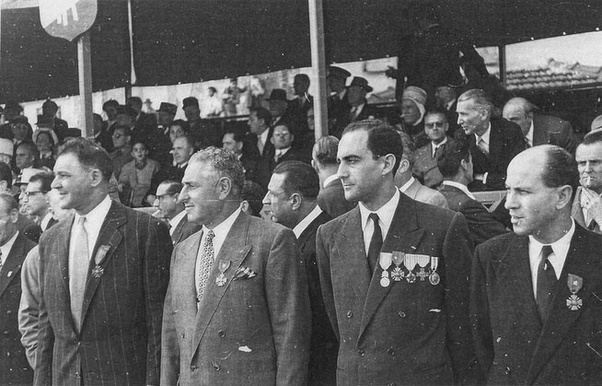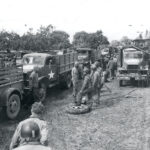When America landed in North Africa, were there any air battles with the Vichy French?
When America landed in North Africa, were there any air battles with the Vichy French? Yes, during the Allied invasion of North Africa, known as Operation Torch (November 8–16, 1942), there were several air battles between the Allies and Vichy French forces. At the time, Vichy France had a complex relationship with Nazi Germany. Despite Germany’s occupation of much of France, the Vichy government still controlled French territories in North Africa, including parts of Algeria, Morocco, and Tunisia, where significant French air assets were stationed.
Here’s a breakdown of the air conflict:
Initial Resistance by Vichy French Forces:
When Allied forces landed in Morocco and Algeria, Vichy French air units, along with ground forces, initially resisted, leading to clashes in the skies. Vichy French fighters and bombers, particularly Curtiss Hawk and Dewoitine aircraft, engaged with American and British planes attempting to establish air superiority.
RAF and USAAF Involvement:
The Allies, including the British Royal Air Force (RAF) and the United States Army Air Forces (USAAF), conducted a series of bombing and strafing missions on Vichy French airfields to neutralize any threats to the landing forces. American P-38s, Spitfires, and other Allied aircraft faced off against French aircraft, though the French air resistance was not as strong or sustained as that of the Axis forces elsewhere in the war.
End of Hostilities and French Alignment with Allies:
After a few days of intense fighting, a ceasefire was negotiated. Admiral François Darlan, the commander of Vichy French forces in North Africa, ordered his troops to stop resisting the Allies, and eventually, many of the Vichy forces in North Africa switched sides to support the Allies against Germany and Italy.
These battles were some of the last conflicts in which the Allies faced Vichy French forces, as North African forces soon realigned to support the liberation of Europe.


